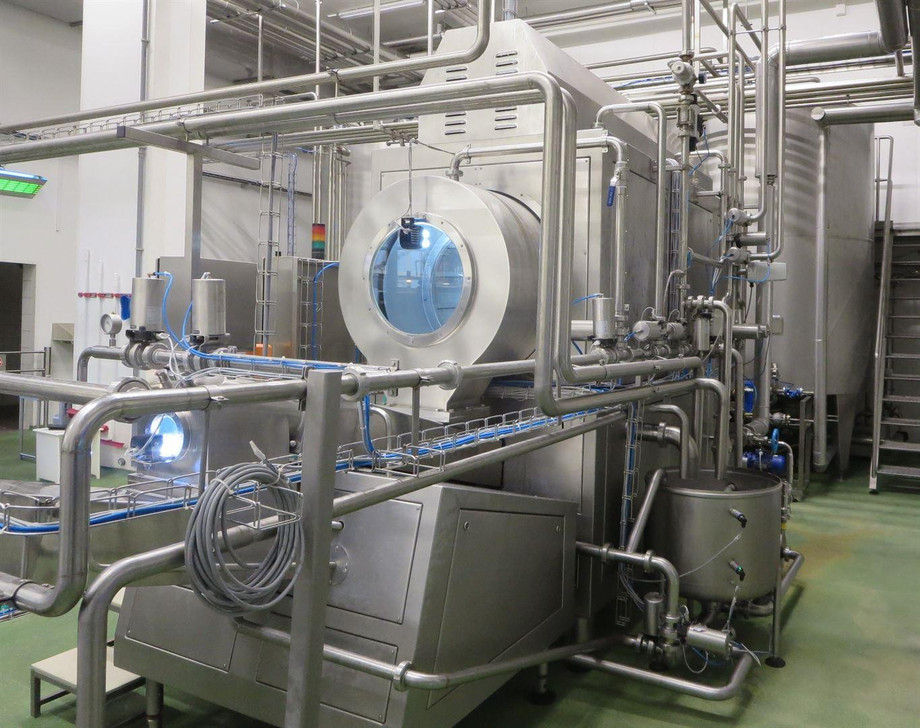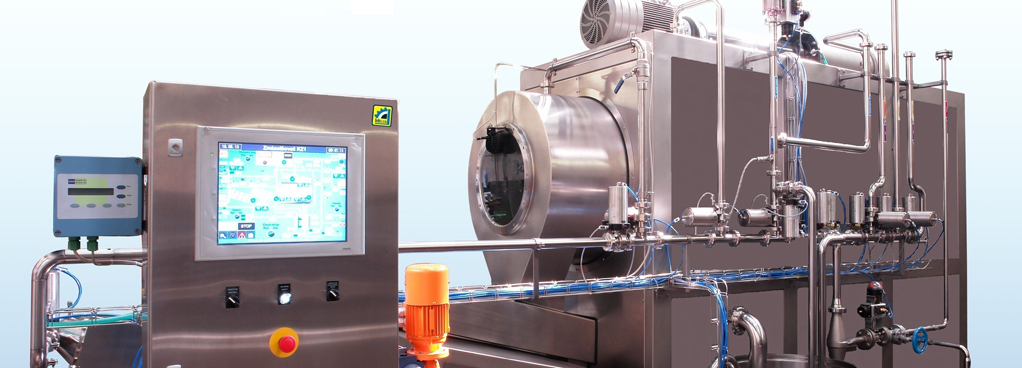Drinking water must be free from impurities when it reaches the human bloodstream. Many businesses have opened units that have already taken on the task of easily loading filtered drinking water into tanks to reach out to consumers on the marketplace. This sector is one of the fastest growing industries in India. Water bottling plants are units that manufacture bottled water after a lengthy industrial phase. Water bottling units involve different devices where a number of procedures are carried out on the water before it is even bottled.
The measures taken in the water bottling plant are indeed reasonably simple and can help to maintain the natural consistency of the fresh water. Water purification needs pre-treatment. Various methods, such as ultraviolet sterilization, ozone, churns, deionization, reverse osmosis, and are used to guarantee that the fresh water does not contain acidic or solid impurities. The same refers to bottles that need to be packed with it.

The fresh water to be either easily filled even in the plastic bottles should be fully perfectly drinkable well before the plastic bottles is rinsed. The plastic bottles in the ground water bottling plant are usually washed as follows. From clean safe lakes, the water is piped and otherwise released into the bottles by means of a high-strength pump as well for the rinsing entire process. Perhaps the plastic bottles are also sterilized until they are filled with water. Centrifuges are also available.
Simply filling and capping of such bottles is a succession of processes, and therefore the filler material and otherwise capper work efficiently to ensure however that the plastic bottles are indeed filled to the brim and also sealed. They are then pushed down again the bottling line, where the whole moisture is stripped from them by perhaps the air drying process. The next step of the process entails naming and coding only the bottles of water before placing them almost all in trays when they are ready to be both shrink-wrapped and otherwise ready for sale.
Modern water bottle loaders use the new techniques to incorporate a man-machine interface for managing water bottles. Some are just semi or entirely mechanized systems for the specific purpose of further increasing productivity and reducing maintenance efforts. Some other bottling plants include products such as blow molders that help to shape fresh pet bottles, hose loaders and otherwise washers.
A number of other crate washers are available along with a fully integrated ringer, filler material and otherwise capper. Then you really can also see plants mostly with automatic sorters, hoppers and distribution systems. Fresh water bottling plants are also used to start filling liquids such as fruit juices. There are sections that can be easily omitted to allow such improvements and inserted to make room for a broader variety of functions.
There are several firms that design fresh water bottle unloaders for commercial use. They use new technologies to ensure that germ-free, safe and natural water is supplied for drinking purposes.
Highly customized fresh water bottling plants catering to unique specifications of such number of operators, input voltage, and the need for various functions are also available.














